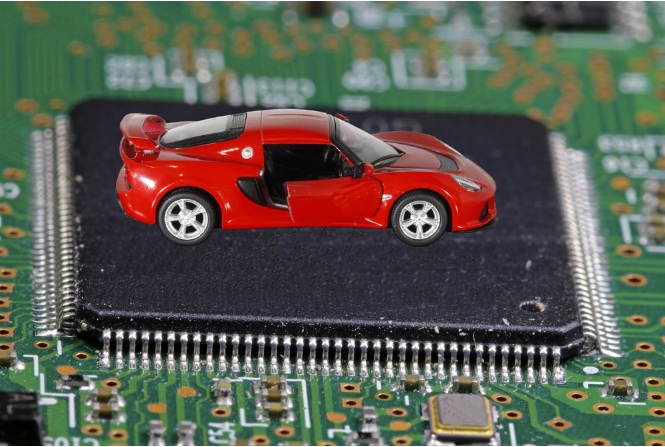Printed circuit assemblies (PCAs) used in automotive applications have specific requirements and considerations due to the challenging environmental conditions and safety concerns. Designing PCBs for automotive use requires a focus on reliability, durability, and adherence to industry standards. Here are some key considerations and best practices for PCB design in automotive applications:

1.Temperature and Environmental Factors:
Automotive PCBs must withstand a wide range of temperatures, from extreme cold to high heat. Choose PCB materials and components with a temperature rating suitable for the operating environment.
2.Vibration and Shock Resistance:
Vehicles experience significant vibrations and shocks during operation. Secure components and use mounting techniques that prevent them from coming loose.
3.EMI/RFI Mitigation:
The presence of various electronic systems in a vehicle can lead to electromagnetic interference and radio-frequency interference. Employ shielding and proper grounding techniques to minimize EMI and RFI.
4.Power Supply Reliability:
Design a stable and robust power distribution system with protection against voltage spikes and drops. Automotive power supplies can be noisy; use proper filtering and regulation.
5.Connector and Cable Management:
Use secure and reliable connectors, as well as strain relief for cables. Automotive connectors should be designed to withstand exposure to moisture and other environmental factors.
6.Automotive-Grade Components:
Select components that meet automotive industry standards. Ensure that components are designed for the extended temperature ranges and other environmental factors typical in vehicles.
7.Safety and Redundancy:
Automotive PCBs often require redundancy and fail-safe mechanisms to ensure safety-critical functions. Consider backup systems or fail-safe modes.
8.Automotive Standards and Regulations:
Be familiar with and adhere to automotive industry standards and regulations, such as ISO 26262 for functional safety and AEC-Q100 for automotive-grade electronic components.
9.Rugged PCB Design:
Use a rugged PCB design with reinforced mounting holes, secure fasteners, and conformal coatings to protect against dust, moisture, and chemicals.
10.Testing and Verification:
Perform extensive testing, including environmental testing (temperature, humidity, vibration, shock), to ensure the PCB's reliability in real-world conditions.
Implement diagnostic features and self-test capabilities when applicable.
11.Traceability and Documentation:
Maintain comprehensive documentation, including bills of materials (BOMs) and revision control.
Ensure traceability of components and revisions for future maintenance or recalls.
12.Compliance and Certification:
Ensure compliance with industry standards and automotive regulations, and seek relevant certifications for safety-critical systems.
13.Software Integration:
Consider how the PCB interacts with embedded software, and ensure seamless communication and compatibility.
14.Supply Chain Management:
Establish a robust supply chain to ensure a consistent source of components, especially for long product lifecycles.
15.Lifecycle and Reliability Considerations:
Keep in mind that automotive PCBs often have long lifecycles, so select components with long-term availability.
Automotive PCB design is a specialized field that requires close collaboration between electronics engineers, automotive engineers, and suppliers. It's crucial to stay updated on the latest automotive industry standards and technologies to create robust and reliable printed circuit assemblies for automotive applications.
Get more knowledge about Printed circuit assembly applications please refer to Rigaopcb:https://www.rigaopcb.com/